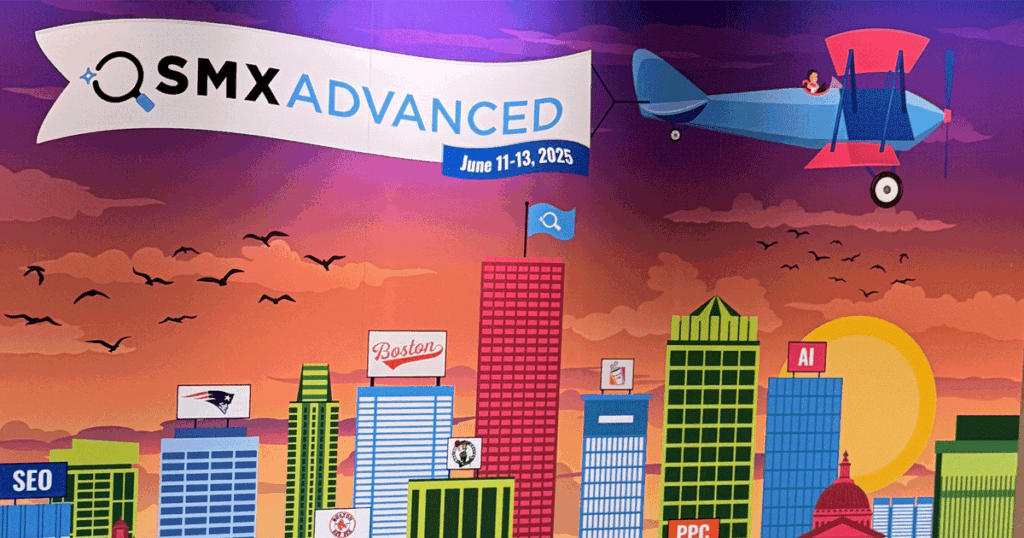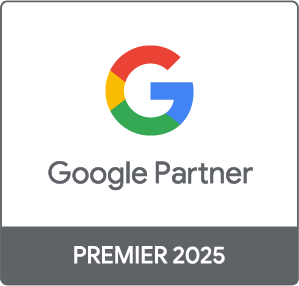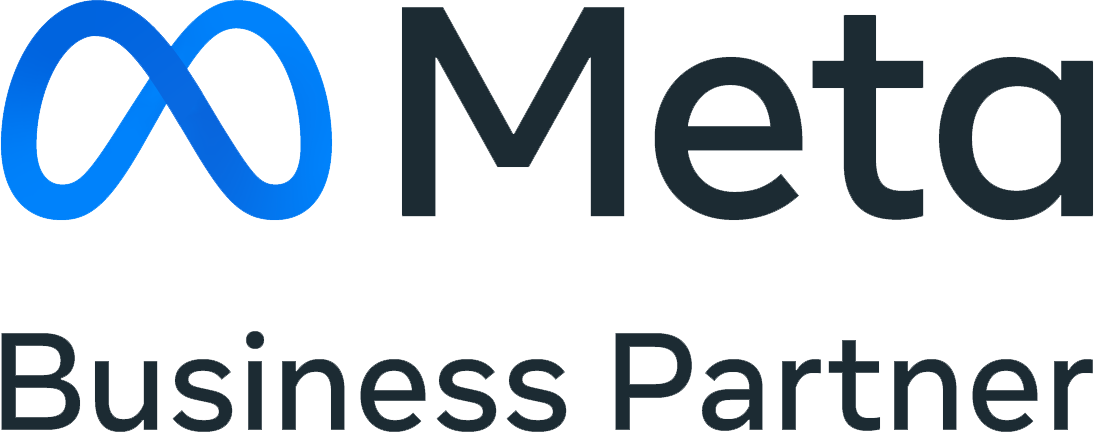As we enter the second half of 2025, digital marketers are navigating an increasingly AI-driven landscape — one that rewards agility, automation, and strategic thinking over manual tinkering. After spending three days at SMX Advanced in Boston, it’s clear that the conversation is no longer about whether AI will be integrated into our careers; it’s about how fast we can evolve alongside it.

Here’s a look at three of the most transformative areas reshaping the industry — not just in theory, but in the trenches.
1. Performance Max Is No Longer Just a Tactic — It’s a Strategy
Google and Microsoft Bet Big on Automation
Performance Max campaigns have grown up! Once seen as a black box for low-effort advertisers, they’ve become the backbone of serious, full-funnel strategies. Google’s latest PMax updates — including asset group-level reporting and brand safety levers — were demoed live at SMX, showing how far we’ve come. Microsoft’s new flavor of PMax, launching with LinkedIn data baked in, is a serious play for B2B advertisers.
Advanced Trend: Asset Optimization and Creative Testing at Scale
The shift toward modular creative — feeding the machine diverse headlines, images, and videos so it can remix them based on user signals — was one of the standout themes. One speaker likened it to building a playlist for every persona, and letting the algorithm operate as the DJ.
Takeaway:
The highest performers in PMax aren’t micromanaging bids; they’re mastering inputs. Better creative, better data, and most importantly, better signals for measuring what actually matters, like pipeline contribution or qualified leads.
2. AI Is Redefining Landing Page Development and Conversion Rate Optimization (CRO)
From A/B Testing to AI-Driven Personalization
Split testing feels quaint in 2025. The real action is in adaptive experiences driven by AI. The vendor space was overflowing with tools that allow brands and marketers to dynamically personalize layouts, messaging, and CTAs based on live behavioral signals.
Advanced Trend: Predictive UX and Dynamic Pathing
One SMX panel showed a landing page that morphed in real time based on an inferred job title from LinkedIn traffic, adjusting tone, product benefits, and even font size. That’s not A/B… that’s A–Z. Generative AI is also playing a bigger role: teams are now spinning up the HTML/CSS for landing page variants with tools like Claude or GPT-4o based on specific funnel stages or traffic sources.
Takeaway:
Let AI build the bones, but let humans shape the soul. One of my favorite lines of the conference summed it up perfectly: “You still need to decide if the variant reflects your brand, not just if it gets the click.”
3. AI Is Reshaping Organic Search Rankings — Permanently
Search Isn’t Dead, But It’s Mutating Fast
With Google’s SGE (Search Generative Experience) rolling out widely and Bing’s Copilot summarizing entire results pages, ranking is no longer just about page 1 — it’s about being the source AI chooses to summarize. That’s a whole different game.
Advanced Trend: Optimizing for Inclusion in AI Answers
One key shift was stressed across multiple sessions: AI overviews are built on structured data, not just backlinks. That means schema markup, deep topical authority, and surfacing in trusted sources is imperative. The quote to tell your teams and your clients: “AI doesn’t crawl — it synthesizes. That changes everything.”
Takeaway:
Ranking is being redefined. It’s no longer where you are in the SERP; it’s whether the AI believes in your brand’s authority. In AI-driven search, ranking isn’t a position, it’s a reputation. Authority is earned through content depth and structure. If you’re not building it, someone else is training the AI in your place.
In an AI World, Human Intuition Is a Competitive Advantage
Across paid media, CRO, and SEO, the message from SMX Advanced was loud and clear: AI is augmenting everything; it’s replacing certain tasks, but it’s not replacing us. Strategy, brand voice, and judgment still belong to marketers.
The people who will thrive in the AI era are the ones who train the machine, trust the data, and still know when to ignore both and go with their gut. The takeaway: “AI will optimize your path — but only you know where you’re trying to go.”
For more information, visit harmelin.com, or connect with us on LinkedIn or Facebook.





